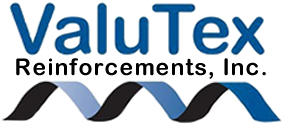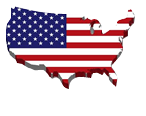Woven Fiberglass Fabric Terminology
To write a specification for woven fiberglass fabric, certain information is needed to determine exactly what will satisfy your needs. The terminology and information below is used in formulating customer specifications. Please don’t hesitate to contact ValuTex with any questions—our customer service team is happy to help! Our goal is to provide you with the most cost-effective woven roving product for your application.
Read on for product terminology and information. Request a quote on woven fiberglass fabric or contact us to learn more.
Input Roving
Roving (glass fibers) comes in various weights and chemistries. ValuTex’s selection of inputs have been chosen to cover a wide weight range, providing adequate flexibility for weave patterns and weight balances to meet our customers’ needs.
Talk with a representative to determine what makes sense for your application.
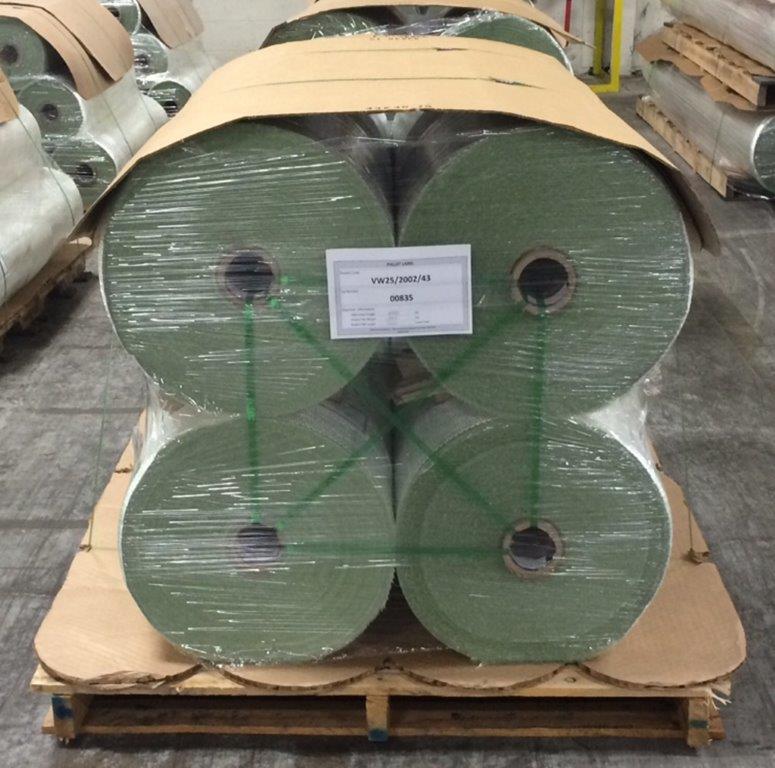 |
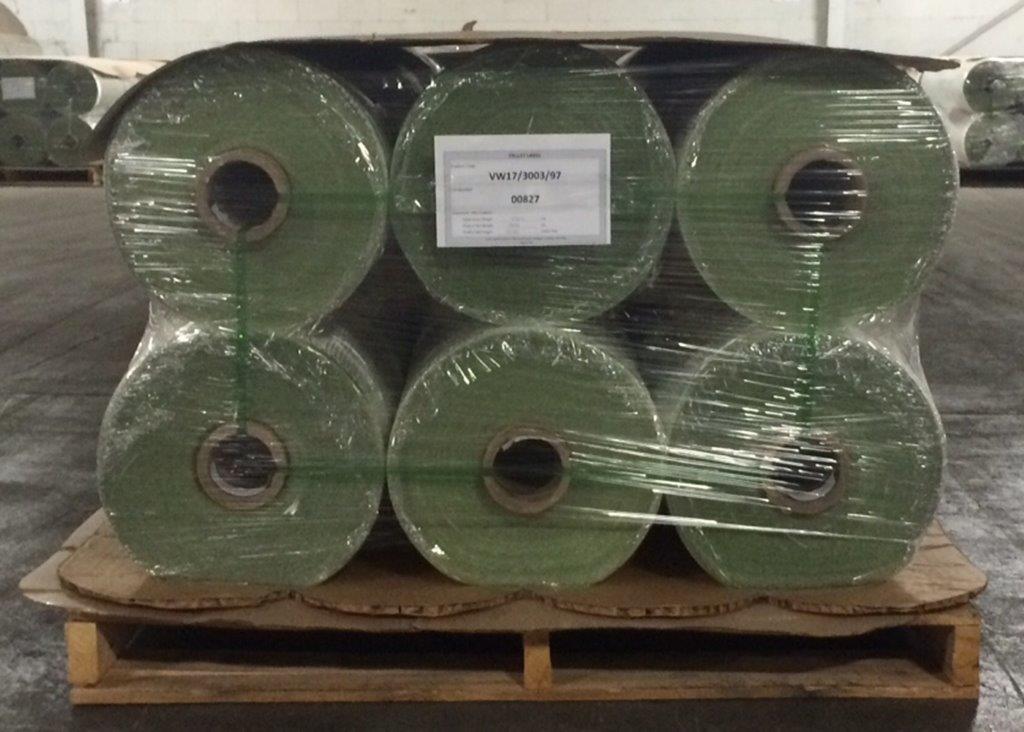 |
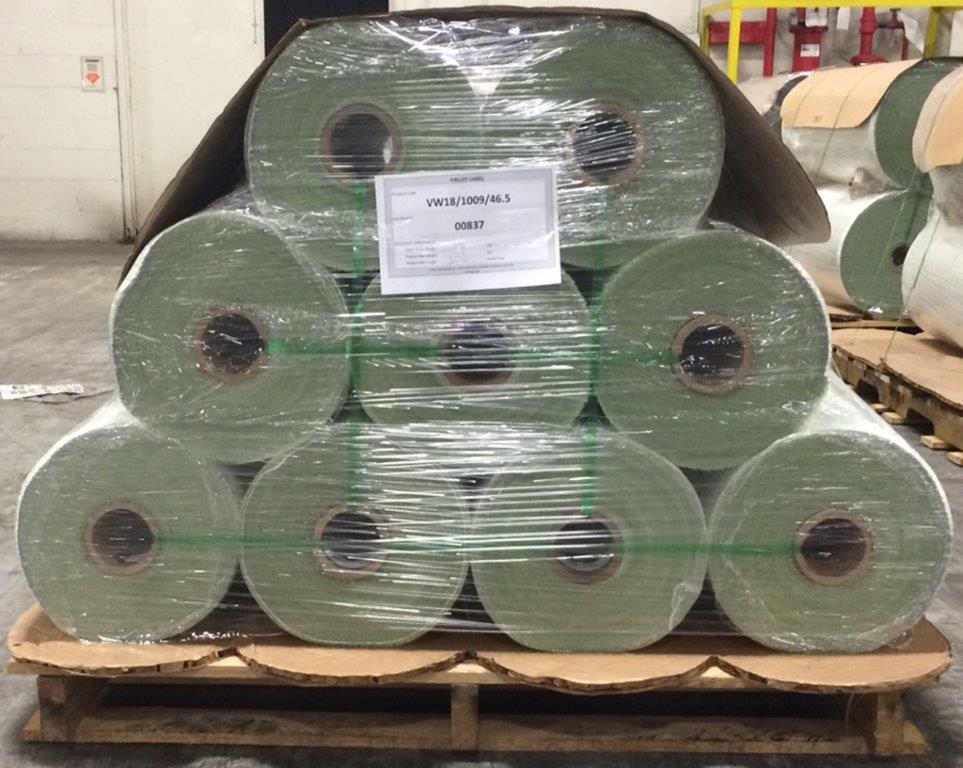 |
Chemical Compatibility
When manufacturing woven fiberglass fabric, single end inputs are coated with a chemical solution (sizing) that conditions the glass roving for conformability and the absorption properties it needs to function with certain resin chemistries.
Two Types of Sizing:
- Multi-compatible: for use with polyester, vinyl ester, and phenolic resins
- Epoxy only: for use with epoxy resins
Wet out functionality has a direct impact on the mechanical and performance values of woven fiberglass fabric. This factor must be considered when developing your product specification.
Corrosion resistance must also be considered. Inputs can be selected for E glass (no corrosion resistance needed) or E-CR glass for application environments requiring corrosive protection. Corrosion resistant E-Glass (ECR, E-CR, and CR) is formulated in the furnace using Boron-free technology.
To provide an accurate woven fiberglass fabric specification, ValuTex needs to know which resin you will be using and what level of corrosion resistance you require. If you need help determining what’s best for your application, please feel free to contact us.
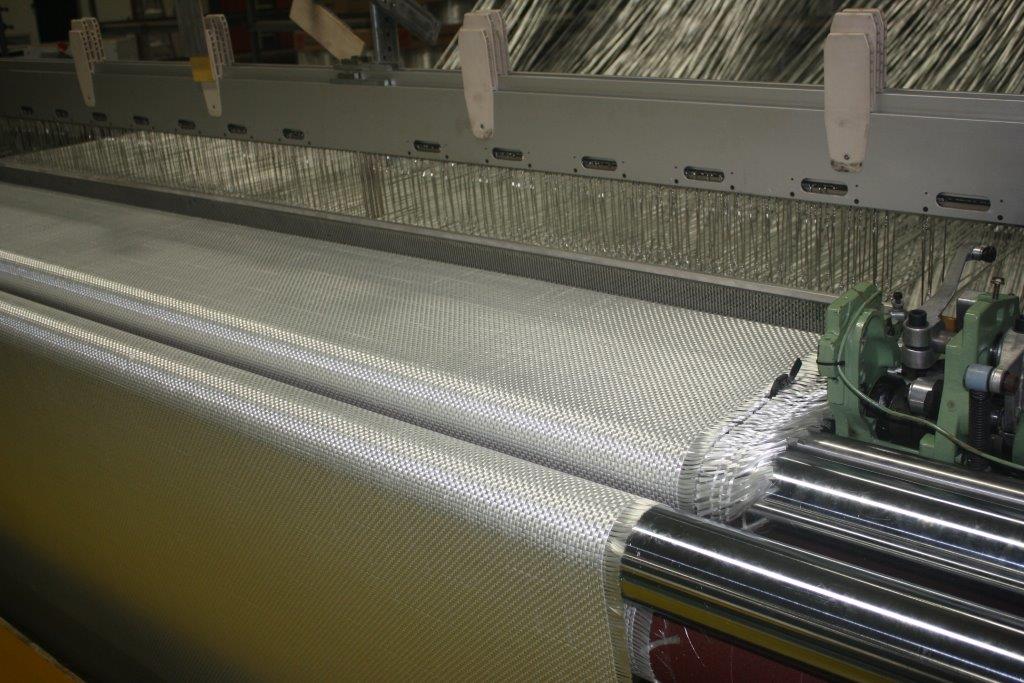
Edge Configuration
A woven fiberglass fabric gains much of its stability from its weave pattern. The edge treatment of the fabric is critical, as it secures the weft tails to the warp fibers and significantly enhances the fabric’s stability. Different edge styles can be added mechanically in the weaving process or with an adhesive coated “hot melt” yarn. The edge style is determined by the type of yarn, weave pattern, and tail length.
Total Aerial Weight
In woven constructions there are two directions of input orientation. The total aerial weight is determined by these two directions. These parameters will determine the tightness or openness of the weave, along with the weight balance and total aerial weight.
Warp orientation identifies the 0° or machine direction of the fabric; refers to the long strands
Weft orientation is the 90° or fill direction across the woven fiberglass fabric
Aerial weights do not always need to be the standard 18oz/yd2 or 24oz/yd2. To improve function and cost, the weight can be fitted to a customer’s application. ValuTex will work with you in the selection process, as needed. We can work with our suppliers to provide validation testing if necessary.
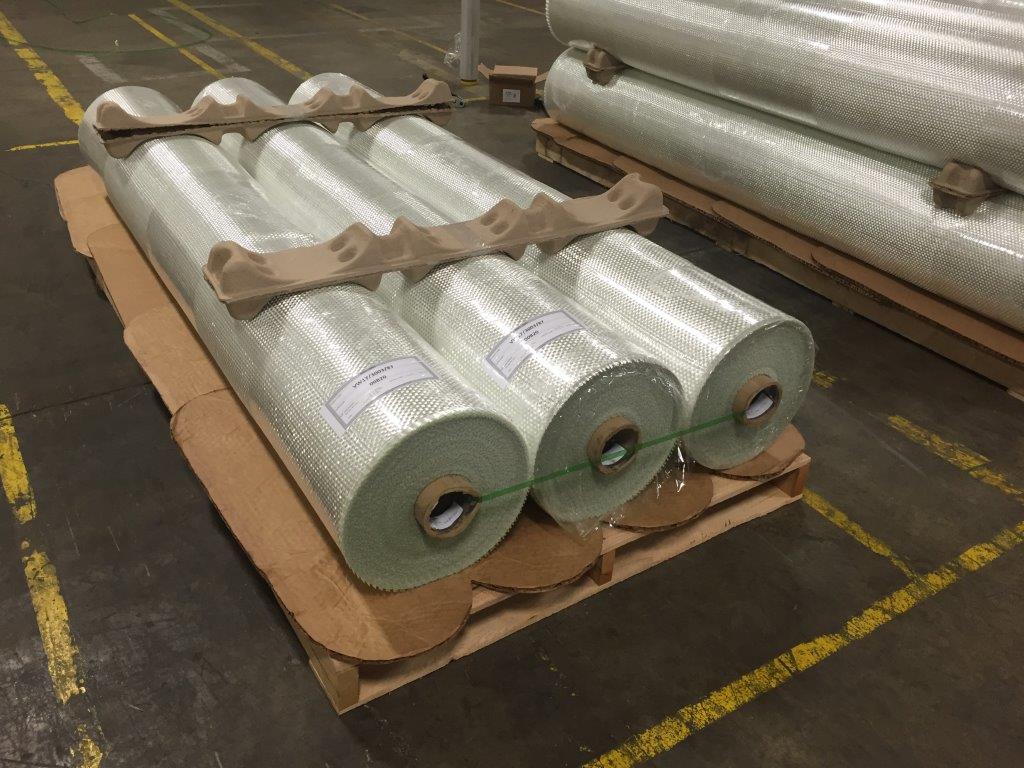
Core Size & Packaging
ValuTex offers flexibility for product packaging to fit the needs of your manufacturing process. Roll lengths, roll counts, and pallet weights can be tailored to your specifications. We will work with you to supply a package that provides the safest and most ergonomic fit for transporting and handling woven fiberglass fabric in your facility.
Our standard core diameters are 3.0” and 3.5”; specialty core diameters are available upon request.
Request a quote today or contact ValuTex to discuss your woven fiberglass fabric needs.
